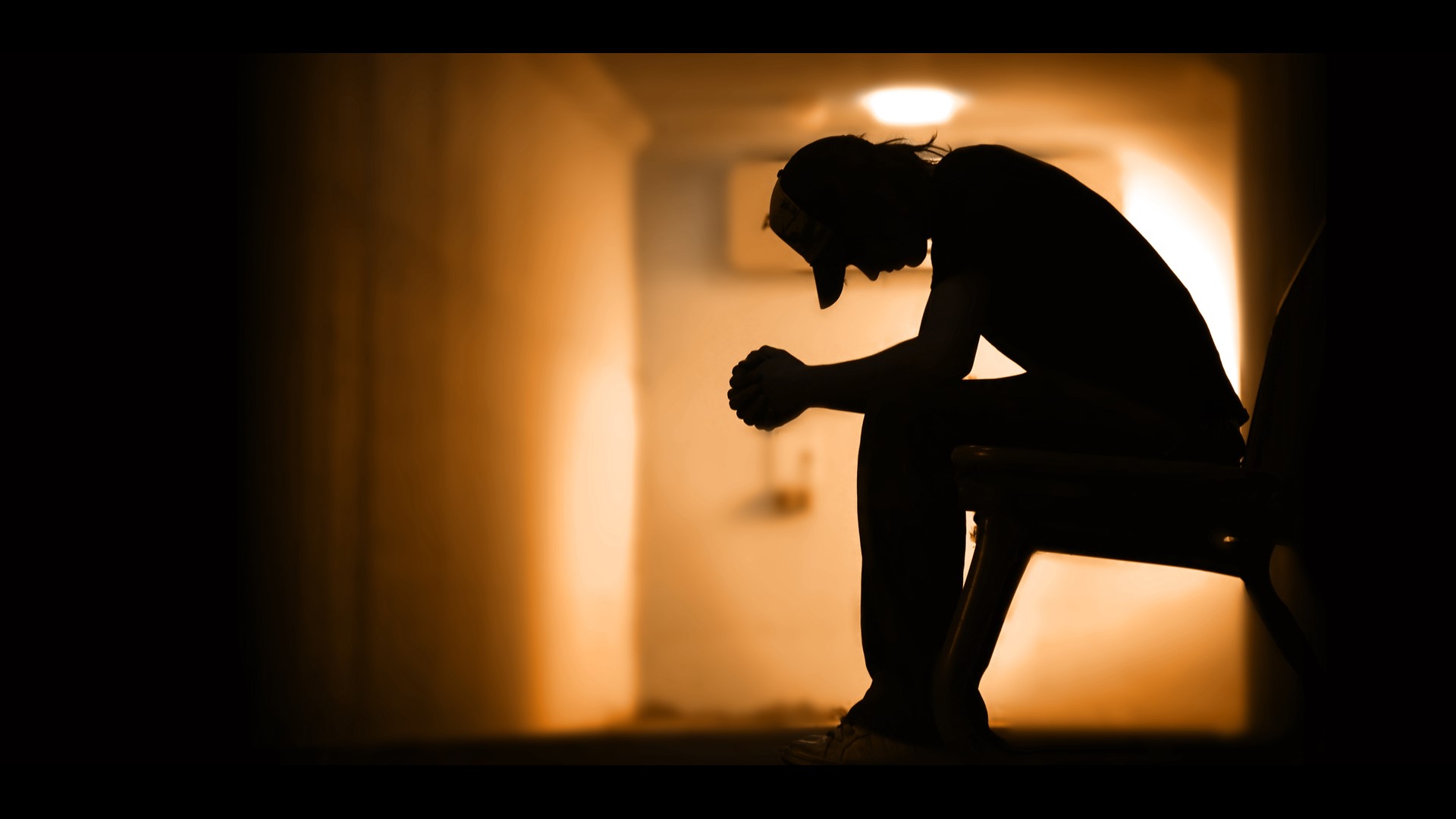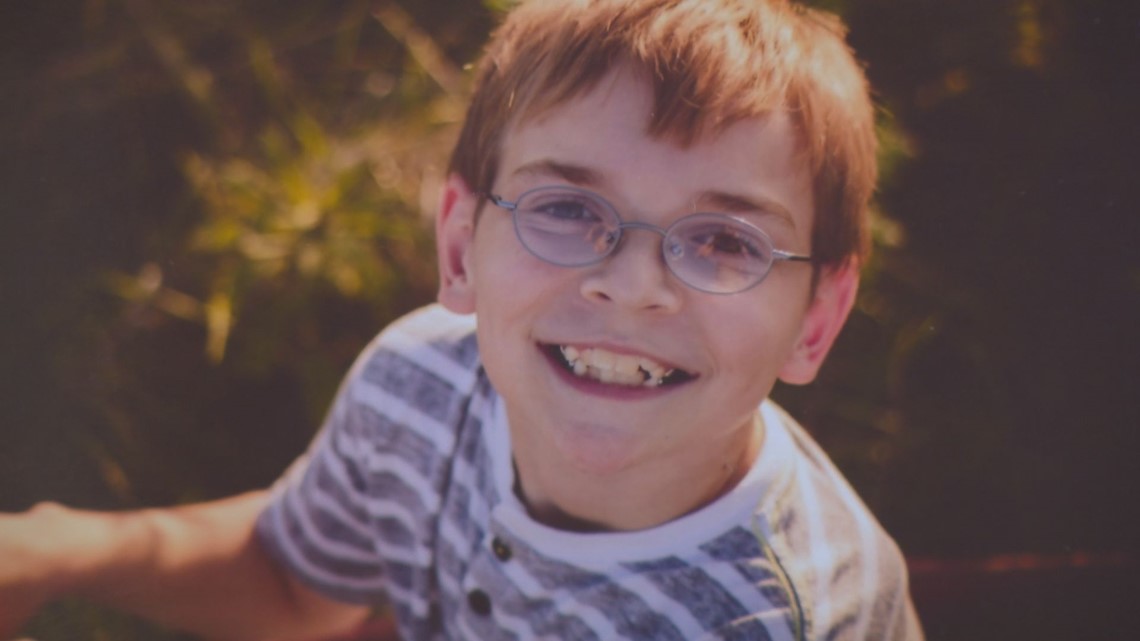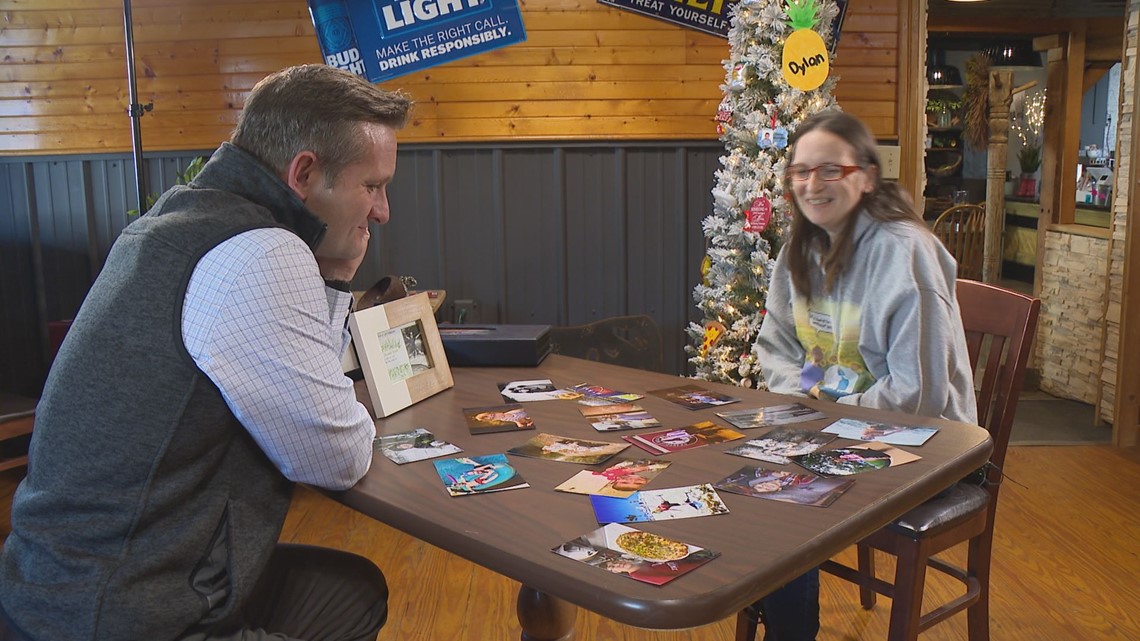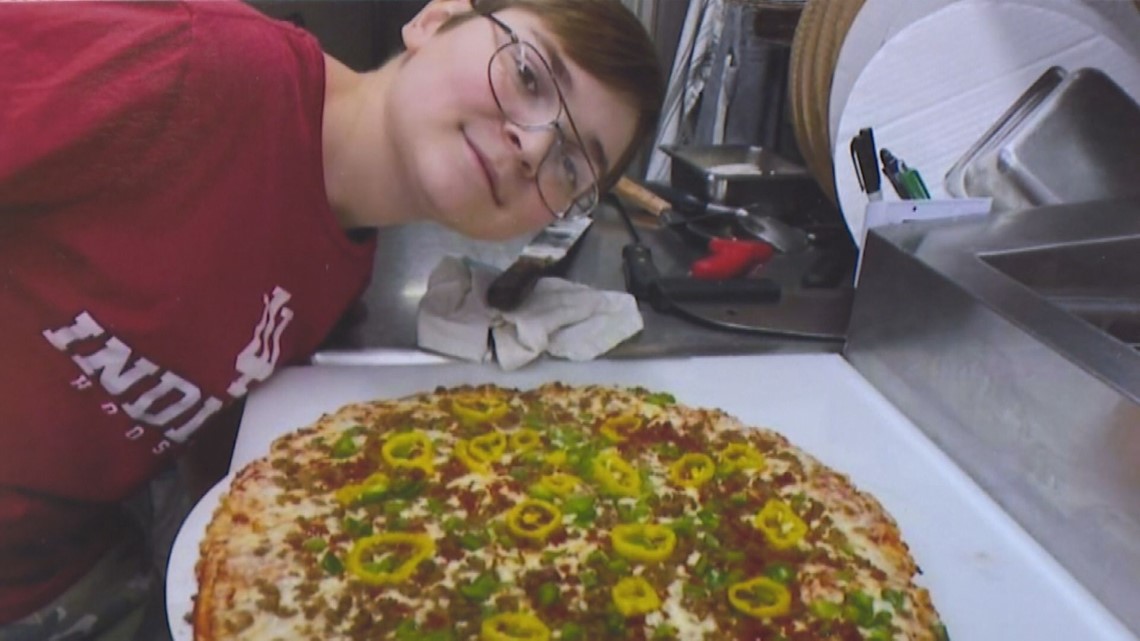A mental health crisis plagues Indiana children with many attempting suicide
One medical group declared children’s mental health a national emergency.

Health professionals across the country and here in Indiana are seeing what they call an alarming number of young people – as young as 5 years old – who are struggling with mental illness.
Even before the COVID-19 epidemic, suicide rates and attempted suicides among children and teens had been going up every year since 2007.
Then, the numbers soared in 2020. Emergency Rooms saw a 22% spike in potential suicides by kids between 12 and 17 years old compared to the year before.
“I think here we are definitely seeing a mental health crisis,” said Dr. Hillary Blake, a psychiatrist at Riley Hospital for Children. “I think a lot of it at the beginning was lockdown and removal from social situations, not being in school. But I think its just the continued stress of it.”
It was enough for the American Academy of Pediatrics to declare children’s mental health a national emergency in October 2021.
It launched a public campaign called “Sound the Alarm” to get people talking about suicide, an issue that’s often been difficult for people to talk about.
“I think we are so scared to talk about suicide when it comes to teens and children,” Blake said.
She believes we no longer have a choice.
“I think having honest conversations with your children and adolescents and asking how their mood is and if they’ve had any thoughts about wanting to kill themselves or harm themselves in any way — are very important conversations to have," she said.
The Pandemic Effect
When Makaila Arnold returned to school in-person after the COVID shutdown, she noticed something different with her classmates.
“The school was more quiet, the kids weren’t as outgoing,” she said.
Others noticed, too.
“I think just because of COVID, we’ve all been shut off and alone for such a long time,” said Amelia Meyer, a fellow senior at Western Boone High School.
Around the world, studies have shown children's depression and anxiety rates may have doubled during the pandemic.
The American Academy of Pediatrics and the American Academy of Child and Adolescent Psychiatry declared the issue a national emergency in late 2021.
On its Sound the Alert for Kids website, the Children’s Hospital Association said: “School stress. Social Isolation. Family upheaval. A pandemic – nation’s children and teens have quietly been carrying the weight of the world on their shoulders for too long.”
"We pay a lot of attention to children’s health, and we often think about physical health," added Amy Knight, president of the Children’s Hospital Association. “If any of us saw symptoms in our children – have a fever, a cough – we would take them to a doctor and have them checked out. As a country, as a community, and as families, we need to recognize the early signs of mental and behavioral health issues … These things are preventable from escalating, and we can do more to take care of kids early on and make sure their mental health is taken care of with their physical health.”
Asked if they thought there is a stigma when it comes to mental health among their peers, Meyer and Arnold both replied, “yes” in unison.
“They think you’re weird … different,” they said.
Teens Offer Support For Each Other
At Western Boone, Meyer and Arnold, along with Jaden Maze and Kadence Richardson decided to do something about it.
“We really wanted to make a change in the school,” said Maze.
So they reached out to school administrators and asked to form a mental health club.
“It’s a good way to bring in mental health awareness to those topics that aren’t talked about,” she said.
They teamed up with the nonprofit organization Bring Change to Mind, which provides mental health resources and is used in other schools. The club met for the first time in November. They plan to eventually meet once a month.
“And we had 73 students show up (to the first meeting,)” said Maze. “We can’t replace counselors, we can’t replace therapists. Our goal is to provide another outlet for kids where they feel safe to talk with other kids.”
Warning Signs


Remembering her young son’s infectious smile still warms Tasha Randel’s heart – nearly a year after losing him.
"He had a huge impact on everybody, she said. “He just didn’t see it.”
Dylan Randel was just 14 years old and an outgoing seventh grader in early 2020.
“A very, very happy kid,” said Randel.
But in March of that year, she noticed a disturbing change.
"When COVID hit, they shut the schools down and he’s a people person. So when they took him away from people … it just really affected him and he kind of started self-isolating,” she said.
They tried a therapist.
They tried medicine.
None of it seemed to help.


“He went from a very happy outgoing person to never coming out of his room, very violent mood swings,” said Randel.
Then, one day after school last spring, Tasha Randel came home to learn her son had committed suicide.
A Concerning Trend
Tragically, the Randel family is not alone in their grief.
Over a six month period last year, children’s hospitals across the country saw a 45% increase in the number of self-injury and suicide cases in children compared to the year before.
The same month Dylan died, Riley Hospital for Children in Indianapolis saw a 75% increase.
Cases were up 320% in May and 150-percent in October.
"I think here we are definitely seeing a mental health crisis,” said Dr. Hillary Blake, a Riley psychiatrist.
Blake said the numbers were already on the rise before the pandemic, but COVID sent them soaring.
“I think a lot of it at the beginning was lockdown and removal from social situations, not being in school. But I think its just the continued stress of it,” she said. “I think we are so scared to talk about suicide when it comes to teens and children.”
She believes we no longer have a choice.
"I think having honest conversations with your children and adolescents and asking how their mood is and if they’ve had any thoughts about wanting to kill themselves or harm themselves in any way are very important conversations to have,” Dr. Blake said.
Tasha Randel said she's sharing her story to motivate other parents to talk to their kids about mental health.
"I’m sharing Dylan’s story in hopes to save children because cause my pain is unbearable and I don’t want any other parents to have to feel it."


The Signs
Riley Children’s Health provided a list of signs that a teen or youth may be contemplating suicide:
- Talking about suicide or death in detail and excess
- Feelings of hopelessness (may often say "I’m never going to get through this")
- Talks of passive suicide ideation ("Everyone is better off without me.")
- Emotional pain, distress, anger
- Significant changes in mood or behavior such as becoming very irritable
- Changes in habits such as eating and sleeping, both in terms of not enough or in excess
- Withdrawing or isolating from activities that once brought them joy
- Any form of loss
Specific groups as well can be more vulnerable to suicide ideation such as:
- Those who are being bullied at school or online through social media
- LGBTQ+ youth
- Minority group members
- Black youth - a group that has seen a dramatic increase in suicide rates compared to other racial and ethnic groups
- Those who may already have a mental health concern, even children with ADHD
Experts Answer Your Questions
13News hosted a conversation on "Kids on Edge" after this story first aired.
He received questions from viewers and discussed them with mental health experts. Watch the entire conversation on YouTube.
Mental Health for Children Resources
Here are some resources for more help and information on children's mental health.
- What to do if you think your child is showing signs of mental illness
- Indiana mental health providers for children
- CDC's mental health for children resource center
- CDC statistics on children's mental health
- AMA mental health for children resource center
- Substance Abuse and Mental Health Services Administration National Helpline: 1-800-662-HELP or text 435748
A Different Cry
Earlier this month, WTHR sister station 11Alive in Atlanta published "A Different Cry," a series of reports that explored the rising suicide rates among Black youth in the U.S.
The story, told through the eyes of two families who said they lost their sons to suicide, shows how school systems are ill-equipped to handle bullying complaints and how poor records and data are obscuring the true nature of the crisis in America.
“I still can't get him choking me out of my head."
Those were the words of a fifth grader who later died by suicide in 2019. Unfortunately, Seven Bridges is one of many young children who have died by suicide in America. Watch the streaming special for "A Different Cry" in the video player below.


